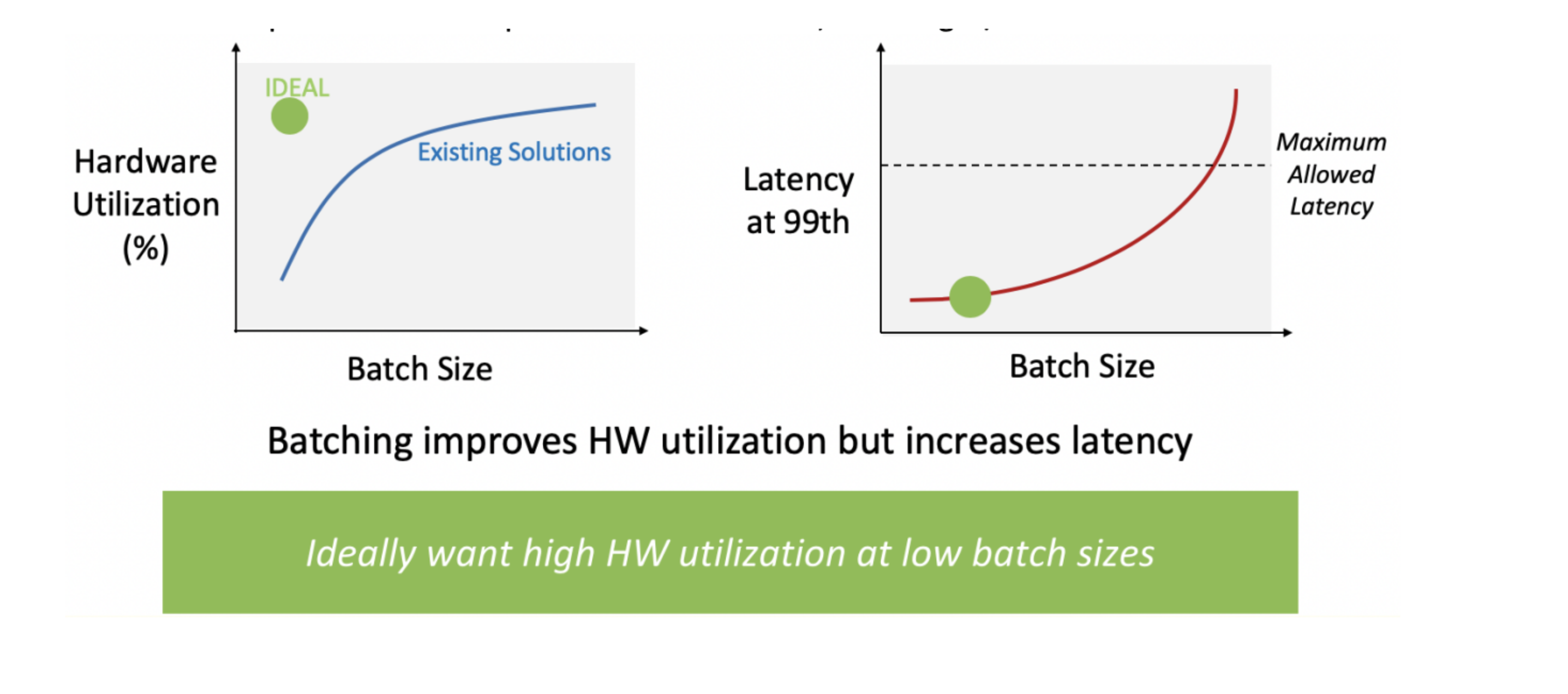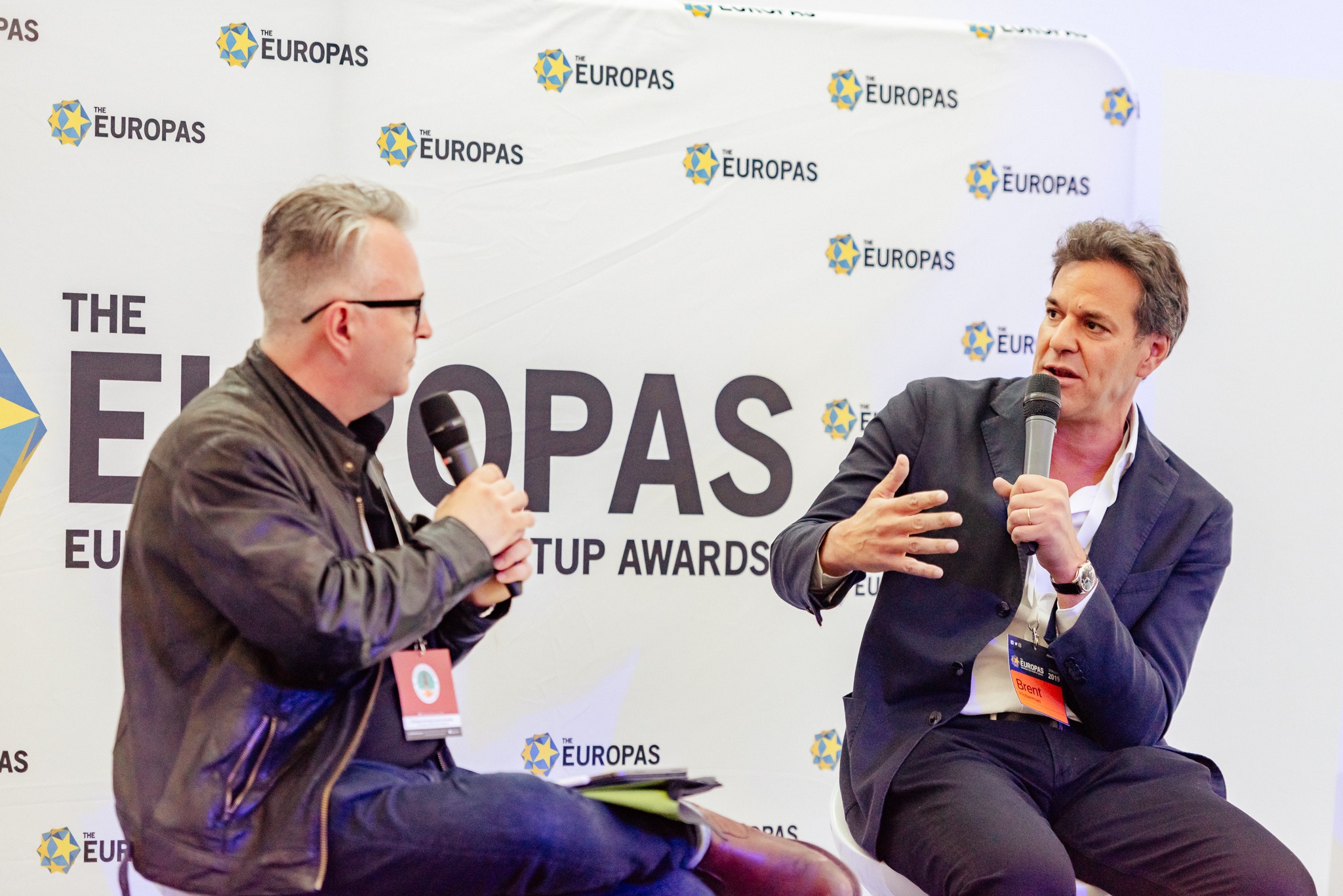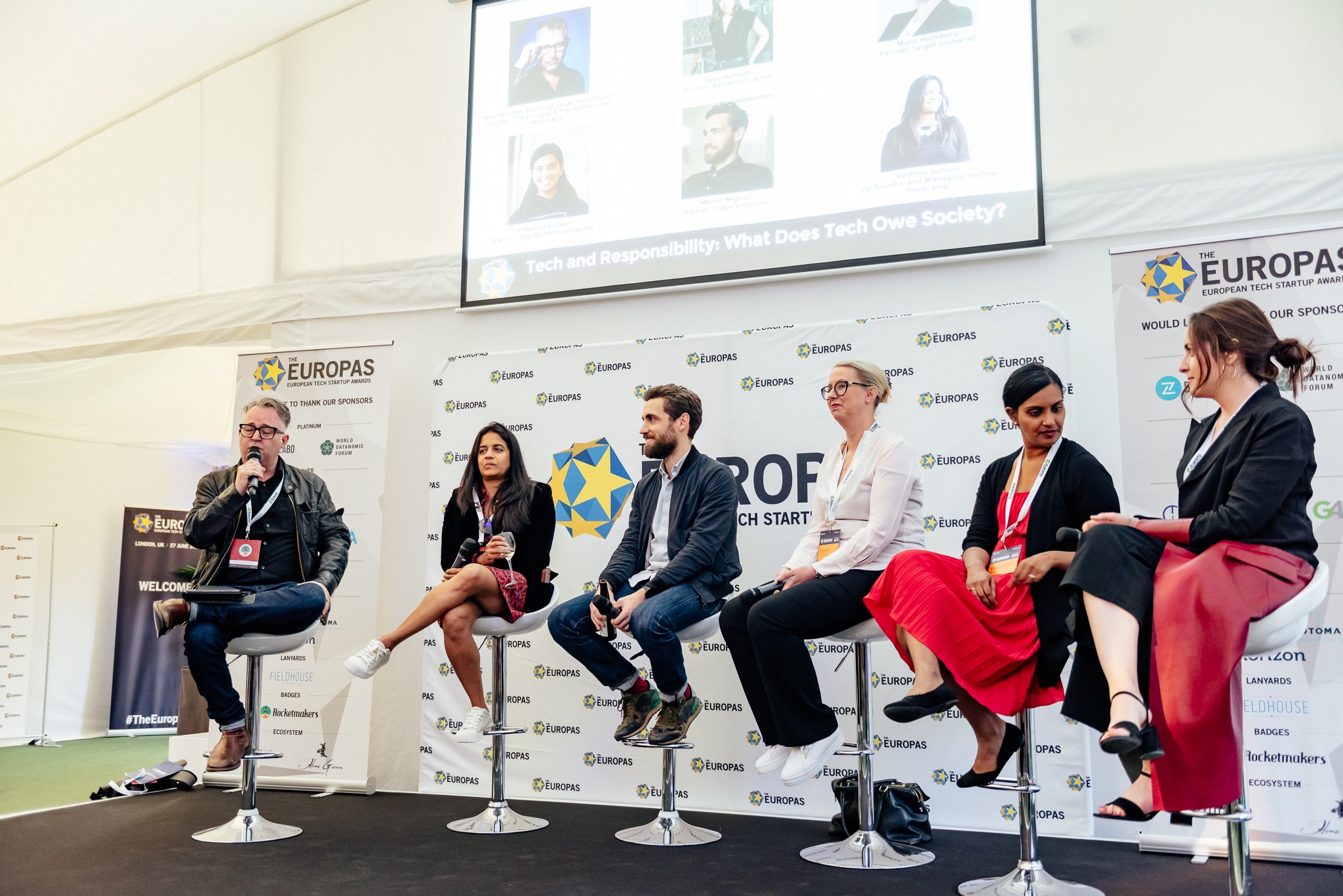LIV, a Prague-based company that wants to make VR gaming more fun to watch, and in turn bring players and spectators closer together, has picked up $1 million in funding. That’s a pretty modest raise as far as ambitious upstarts go — and LIV is certainly ambitious. However, the list of backers includes noteworthy names, such as the founder of Oculus (and designer of Oculus Rift), Palmer Luckey.
Other investors in LIV include Jaroslav Beck, CEO and co-founder of Beat Games (the studio behind VR streaming hit Beat Saber); early-stage VC Seedcamp; accelerator TechStars; Prague’s Credo Ventures; VR company VIVE; and mixed reality production specialist Splitverse.
Founded in 2016, LIV is betting on the premise that VR gaming represents an entirely new platform, and it is new platforms with nascent ecosystems where the biggest opportunities lie. Furthermore, while the watching of video game live streams shows no signs of abating — made popular via sites such as Twitch — the spectator experience hasn’t transitioned very gracefully to VR.
“Creating content in VR is incredibly hard, there are no tools for it, and no shareable content form factor that conveys the experience of being in VR,” says LIV co-founder AJ Shewki, who was previously a professional gamer under the moniker “Dr Doom”.
“LIV empowers developers and content creators to grow their audience through shareable VR content. Developers integrate our SDK, and content creators are then able to create content with those games and experiences using the LIV App. The content format is called ‘Mixed Reality Capture’ (MRC)”.
The “Mixed Reality Capture” experience is inevitably best watched rather than conveyed through the written word (you can see an example below). However, what MRC essentially does is to inject a live video or, alternatively, a 3D avatar of the player’s body inside the video game stream so that spectators experience not only what the player sees (the classic VR first person perspective) but can also follow the “real world” movements the player makes to execute moves within the game. As a player moves their arms, for example, their avatar can be seen replicating the same moves based on sensor data pulled from the VR gear the player is wearing.
It is this ability to closely watch and potentially learn from the best players that has made video game streaming so popular. But, argues Shewki, the move to VR was initially a backwards step in this regard as it required additional technology to close the gap between player and spectator.
“The LIV App gives streamers the tools to broadcast themselves as themselves, or as their favourite avatars, inside any of the 100s of games that we support. We support hundreds if not thousands of avatars, including the popular Japanese VRM avatar format,” says Shewki.
“The LIV App also brings utilities like stream chat, stream alerts, scene controls and camera controls natively into the headset using our proprietary 3D overlay system, built specifically with performance in mind (which in VR is already a scarce resource). The LIV SDK is integrated by developers to get their games LIV ready. We support Unity, Unreal as well as custom engines, and have done integrations with all of them”.
Longer term, Shewki says he wants LIV to not only enable a better live streaming experience but to evolve into what the company is describing as a “real-time audience interaction platform” for VR streamers and games developers. The thinking here is that spectators of VR can also become participants beyond the simple chatroom experience that exists today.
Dubbed “LIV Play” and targeting a closed alpha release by the end of the year, the idea is to give audiences the ability to influence what happens in-game and in real-time, such as purchasing health potions when a player most needs them or spawning extra monsters when they least expect it.
“Our hypothesis was: if we give viewers more engaging ways to participate, as opposed to what you have today with chat, polls and donations, they will,” explains Shewki. “We ran experiments with Beat Saber where we let audiences replace cubes with bombs and do more fun donations. Our experiment results over 120 days were incredible. Week 1 and 2: 700% higher revenue/minute through higher engagement. It petered out to 300% higher rev/min at 120 days, where it’s stayed.”
In other words, take the same monetisation approach that we have seen in games like Fortnite, and apply it to the audience side of live gaming spectatorship. “Creativity is our only limit here,” enthuses Shewki.
from TechCrunch https://ift.tt/2LDmbwa
via IFTTT







